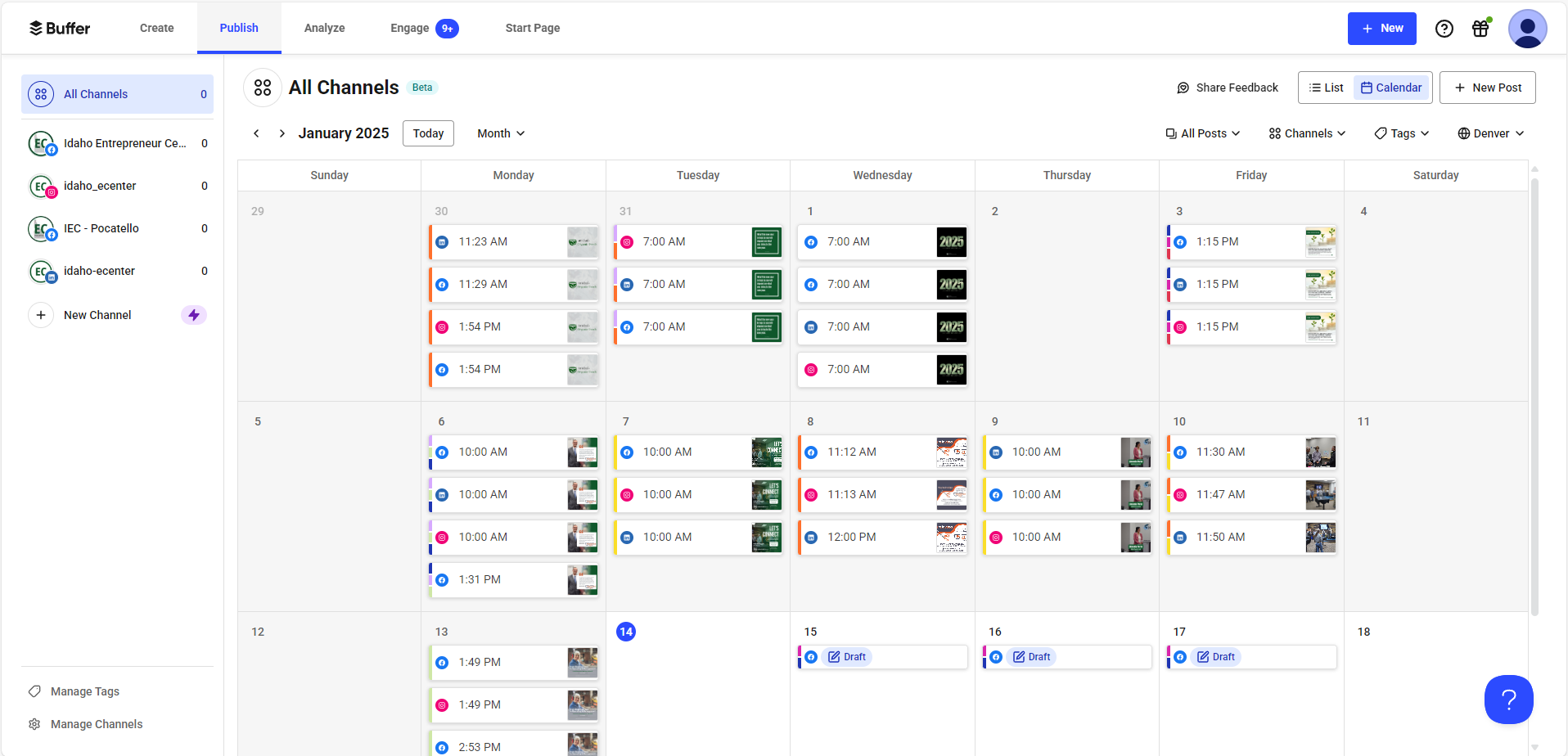Tips & Tricks for Building a Social Media Presence
Part one
Publication Date: January 14, 2025
In the ever-evolving world of social media, businesses must adopt strategic practices to effectively connect with their audiences and enhance their online presence. From leveraging social media management tools to optimizing profiles and creating engaging content, establishing a strong digital footprint requires intentionality and adaptability.
The intended audience for this paper is small business owners, entrepreneurs, and social media managers seeking practical strategies to enhance their social media presence. It is particularly aimed at individuals or teams looking to establish consistent branding, optimize audience engagement, and maximize the impact of their content without requiring significant additional resources. Additionally, those new to social media marketing or looking to refine their existing approach would benefit from the actionable insights and tools discussed.
It explores six key strategies for building and maintaining a successful social media presence.
1. Use a social media management system to post.

2. Ensure account handles/URLs are easy to identify.
3. Optimize profiles.

4. Research the target audience.

5. Use hashtags strategically.
6. Repurpose content.
